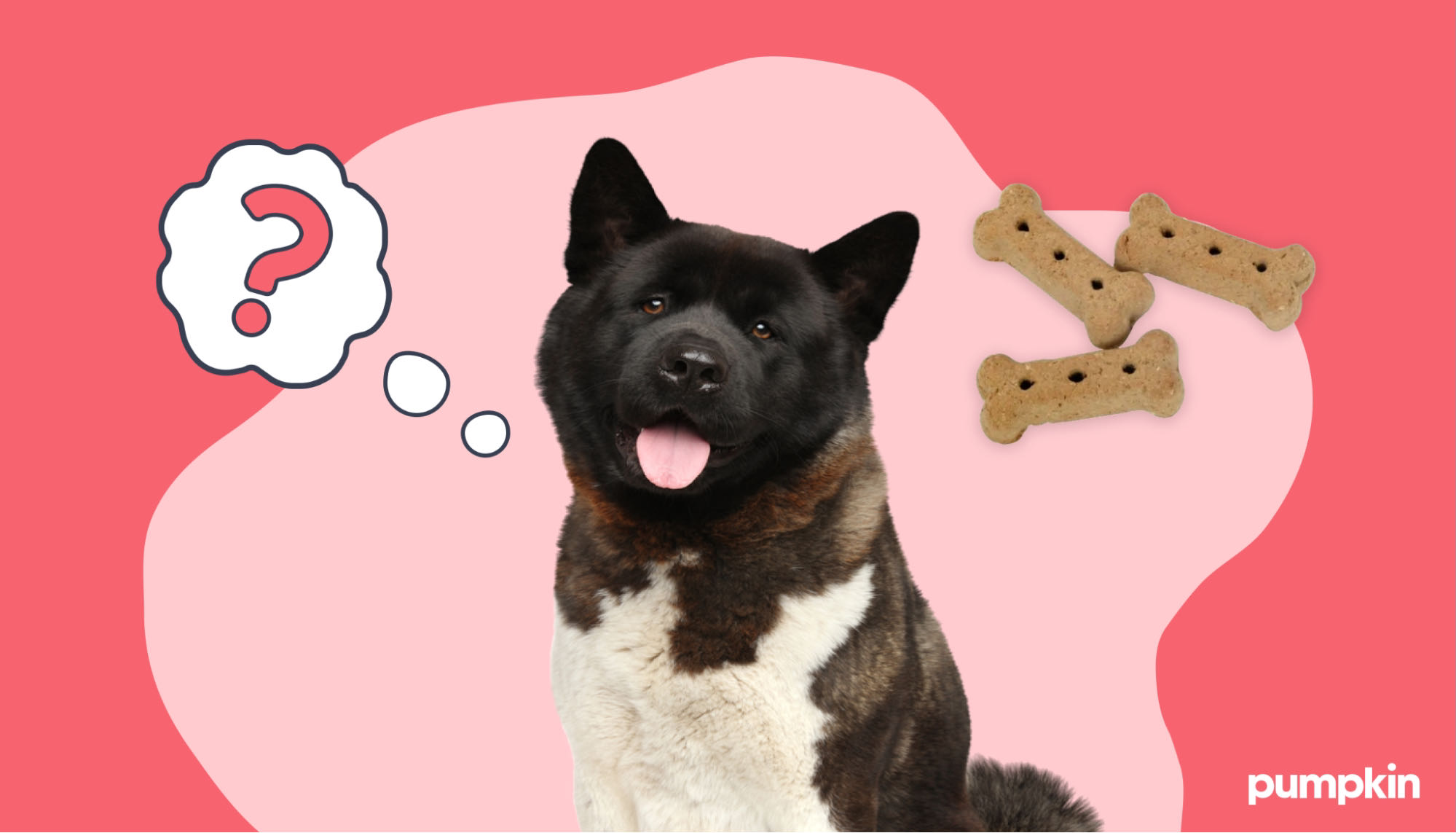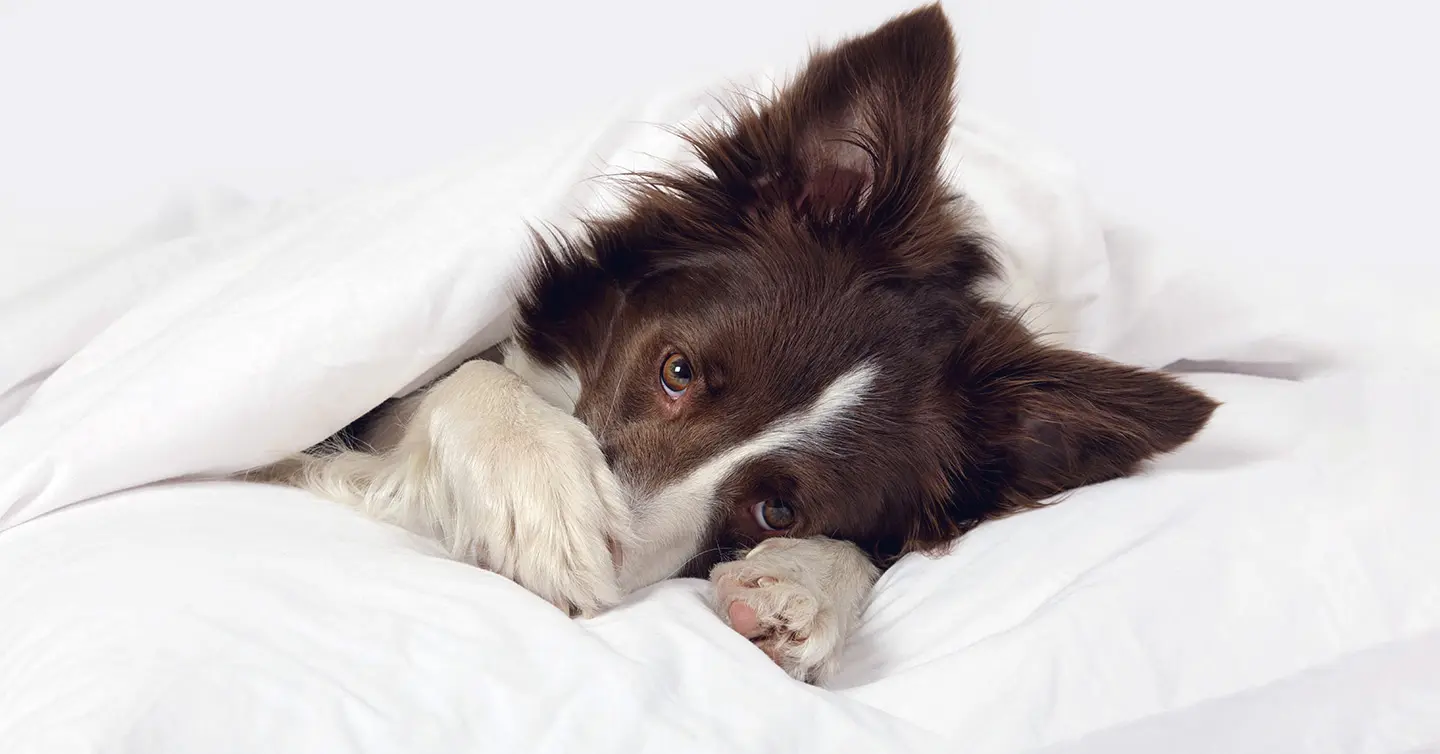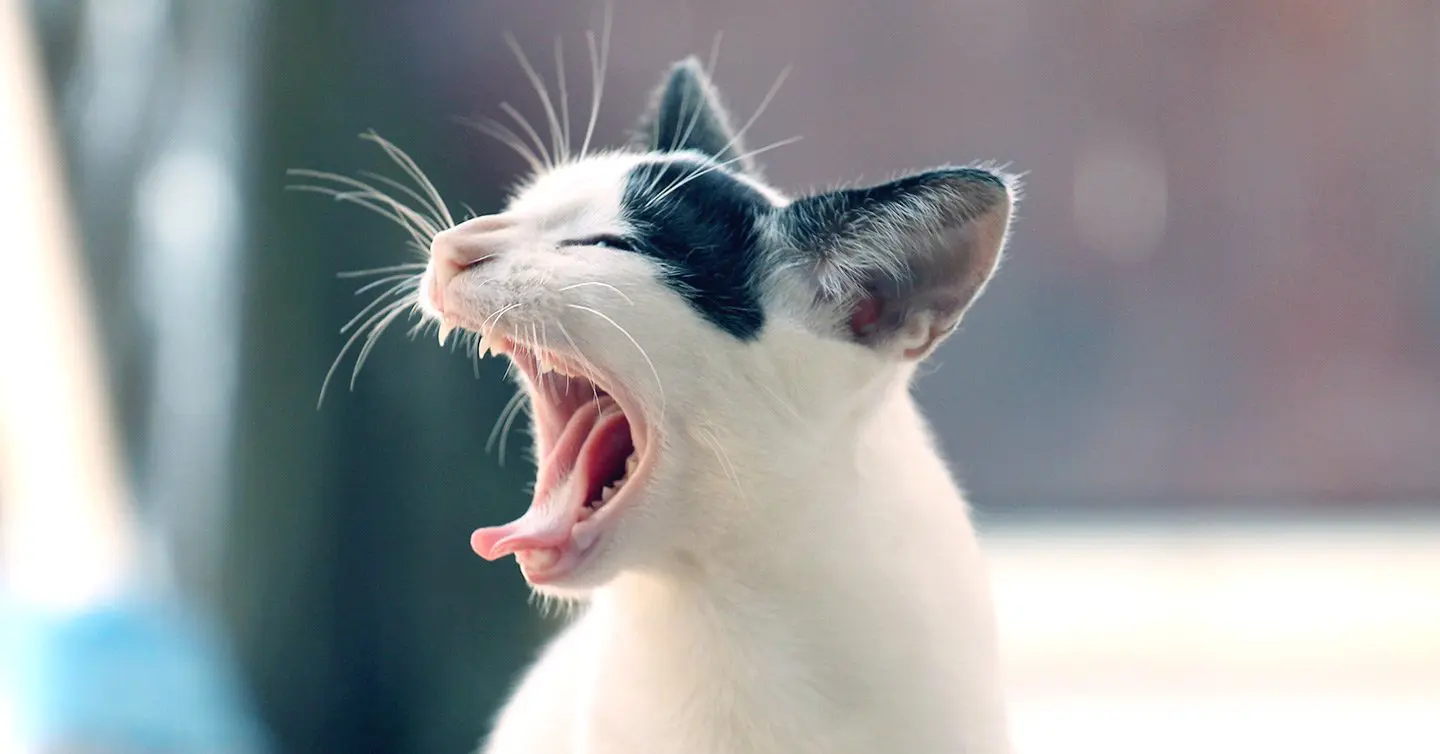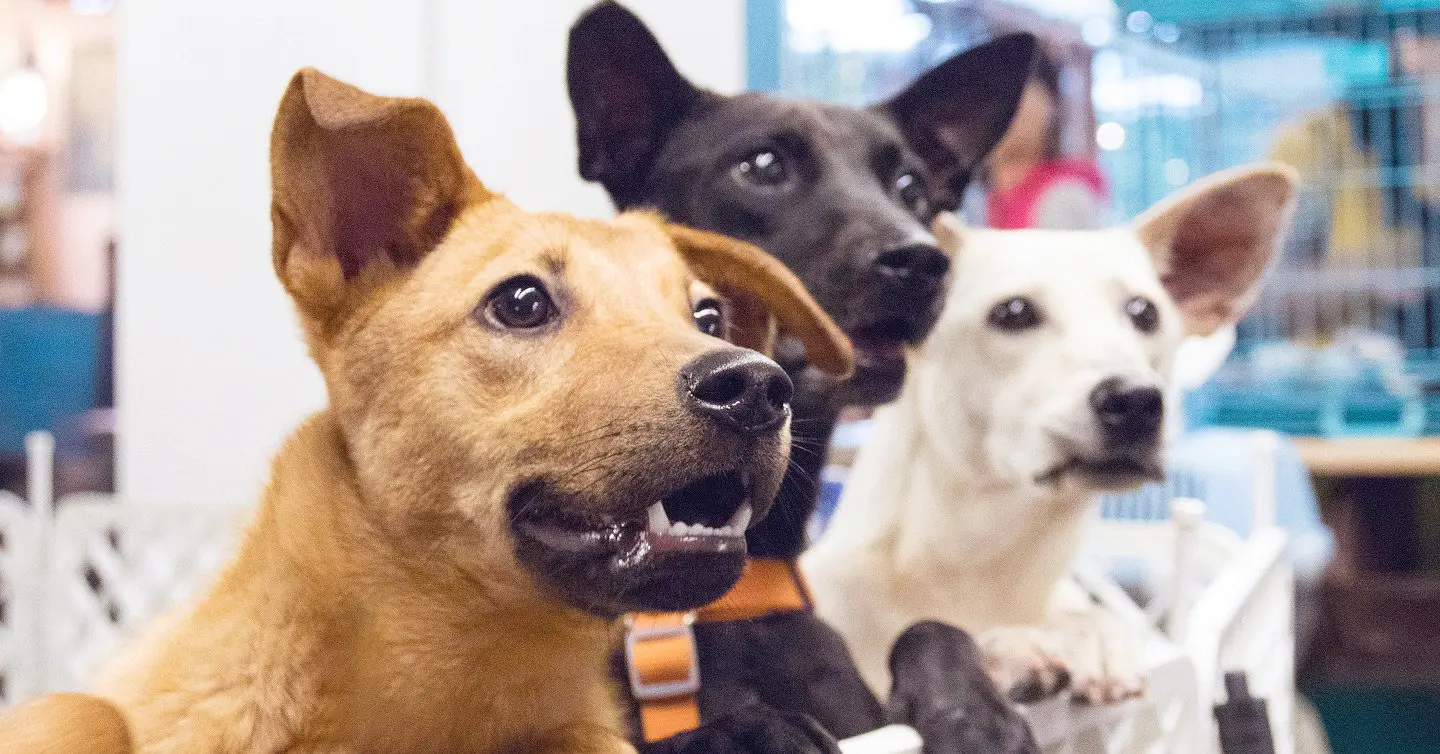Key Points
- As a general rule of thumb, no more than 10% of your dog’s daily caloric intake should come from treats and human foods.
- Feeding your dog too many treats can cause obesity, stomach problems, and behavioral issues.
- Choosing the right kind of treats is just as important as the amount of treats you give your dog.
Treats, wonderful treats. Is it any wonder that after every snack, your dog stares at you with a look that clearly says, “Please, mom, may I have some more?”
Dog treats are a big part of your dog’s life. They’re a powerful tool for training your dog and for giving them the loving attention they deserve.
Unfortunately for our four-legged best friends, when it comes to snacks, the limit most definitely does exist. We know what you’re thinking: Okay, so there’s a limit, but how many treats can I give my dog?
Here’s how to work out how many treats per day your dog should be getting, and which treats you should be feeding your best friend.
How many treats should a dog have a day?
The number of treats your dog can have depends on factors like their breed, weight, and the type of treats. Luckily, there’s an easy rule to follow: the 90/10 rule.
The 10% rule states that dog treats should make up no more than 10% of your dog’s daily calories, with the rest coming from their regular, balanced meals. This way, your pup stays spoiled with treats, but not at the cost of their health.

Just as important as the 10% rule is deciding what qualifies as a “treat.” This may be different in each household, but treats generally include dog biscuits, training treats, and most dog-safe human foods like carrot sticks, blueberries, cheese, and apple slices. Understanding the dog food vs treats ratio can help you make better choices for your pet’s overall diet.
One final word of caution: This is a rule of thumb, not an absolute. If you were to give your pup 10% of their daily calories in the form of fatty cheese or gas-inducing broccoli, they may suffer from an upset stomach — and you may suffer from a stained area rug.
With treats, start small and go slow.
How to calculate your dog’s daily treat allowance
Here’s how to figure out your dog’s daily treat allowance using the 10% rule:
- Find your dog’s daily calorie needs: Check your dog food label for calorie recommendations based on weight or ask your vet.
- Calculate 10% for treats: Multiply your dog’s daily calorie needs by 0.10 to get the maximum calories from treats. For example, if your dog needs 500 calories a day, that would include 50 calories from treats.
- Check treat labels: Look at the calorie count on treat packages and measure portions to stay within the limit.
Let’s say you’re the proud owner of a small breed dog like a Chihuahua or Pug and are wondering how many treats you can give your tiny pup. An average-sized Pug needs about 320 calories a day, which means just 32 should come from treats and human food. For large dogs, just adjust the portion to fit their higher caloric intake.
Examples of daily caloric needs and treat limits
| Dog size | Weight | Estimated daily calories | 10% treat calories |
| Small (Example: Pug) | 11 pounds | ~320 kcal | ~32 kcal |
| Medium (Example: Beagle) | 33 pounds | ~800 kcal | ~80 kcal |
| Large (Example: Labrador) | 66 pounds | ~1,600 kcal | ~160 kcal |
Our favorite types of dog treats
Not all dog treats are the same, and each type serves a different purpose. Whether you’re training, rewarding, or just showing your pup some love, it’s important to pick the right treat for the right occasion. Dog treat guidelines will vary depending on the type of treat you choose:
Homemade treats
Homemade treats are made from simple, dog-safe ingredients you can prepare at home. They let you control what goes in, making them a healthy and personalized option for your pup. This includes homemade dog biscuits or dog-safe smoothies and pupsicles.
Commercial treats
Store-bought dog treats are convenient and come in many flavors, sizes, and types. Just check the label and stick to treats with natural ingredients, low calories, and no artificial junk.
Healthy human foods
You probably have many dog-friendly foods at home already, including blueberries, apples, or chicken. These are all healthy treats for your dog. When in doubt, check our guide to safe foods for your dog and watch out for snacks that include harmful ingredients like chocolate, garlic, or xylitol.
Here are some examples of healthy treats for dogs:
- Blueberries
- Apples
- Green beans
- Watermelon
- Strawberries
- Bananas
- Cantaloupe
- Peanut butter
- Pumpkin
- Cauliflower
- Popcorn
- Lean meats such as chicken, turkey, and salmon
Training treats
Training treats are perfect for keeping your dog focused and excited to learn. They’re small, tasty, and low in calories, so you can use them often without worrying about adding too much to your dog’s diet.
Dental treats
These treats are made to clean your dog’s teeth and freshen their breath while they chew. They’re a tasty way to help keep your dog’s mouth healthy.
Long-lasting chews
Long-lasting chews, like bully sticks or beef collagen chews, are great for keeping your dog busy. They’re fun to chew and provide mental stimulation.
How to pick healthy dog treats
The type of treats you give your dog is just as important as how many you offer. To avoid common issues like obesity or digestive problems, look for treats that meet the following guidelines:
- Low in calories: Treats that won’t pack on the pounds help keep your dog lean and healthy.
- Natural ingredients: The simpler, the better — go for treats made from whole, recognizable ingredients, not mystery fillers.
- Nutritional benefits: Pick treats that do more than taste good. Look for options with vitamins, fiber, or even ones that promote dental health.
- Limited additives: Artificial colors, flavors, and preservatives don’t belong in your dog’s diet. Stick to natural goodness.
Dog ‘treats’ to avoid
Human food is often considered a special treat for extra-good dogs. But a lot of human food isn’t safe for dogs. Avoid dog treats that:
- Have too much sugar or salt: Sugary treats lead to dental issues and obesity, while salty snacks can cause dehydration or sodium poisoning.
- Contain toxic ingredients: Some treats may contain harmful substances. For instance, xylitol, a common sugar substitute, is highly toxic to dogs, while the caffeine found in coffee or chocolate can overstimulate their nervous system.
- Are high in calories and fat: Fatty treats like fried foods can cause weight gain, pancreatitis, and heart issues.
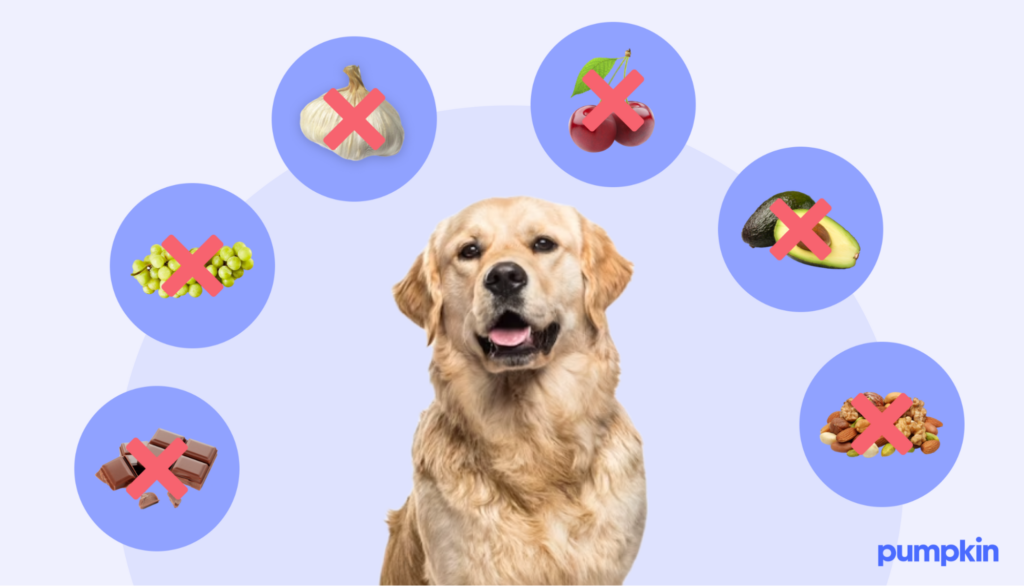
Here are some of foods you shouldn’t feed your dog, even as a treat:
- Chocolate
- Grapes (and raisins)
- Garlic
- Onion
- Cherries
- Avocado
- Certain nuts, including almonds, hazelnuts, pistachios, and walnuts
Potential risks of overfeeding treats
Overindulging your dog might seem harmless, but it can cause some serious issues:
- Obesity: Treats are sneaky calorie bombs, and too many can turn your active pup into a couch potato at risk of joint pain, diabetes, and heart trouble.
- Nutritional imbalance: Overdoing it with treats will leave your pup missing out on essential nutrients.
- Dental problems: Sugary treats can contribute to plaque buildup and gum disease.
- Food allergies: Some treats may trigger allergic reactions or sensitivities.
- Digestive issues: Too many dog treats, especially rich or fatty ones, can cause vomiting, diarrhea, or even pancreatitis.
- Behavioral issues: Spoil them too much, and you might end up with a dog that begs like a pro or loses interest in their healthy meals.
Remember: Too much of a good thing can be dangerous indeed. If your pup has been enjoying a few too many treats, it’s your responsibility to scale back.
Dogs can get themselves into all sorts of mischief, and you never know when an injury or accident will occur. A Pumpkin Pet Insurance plan can reduce the cost of eligible vet bills in the future, giving you peace of mind.
